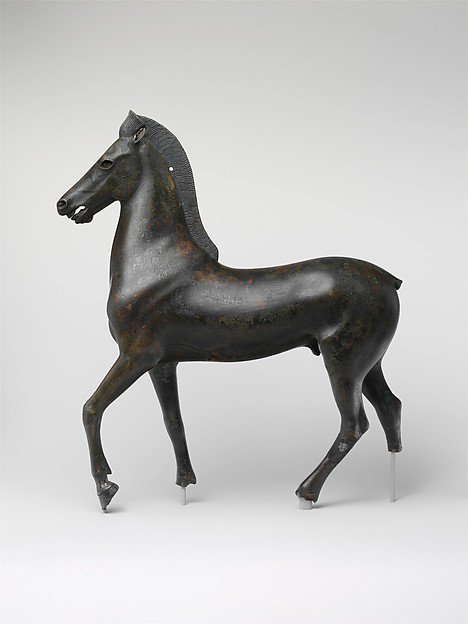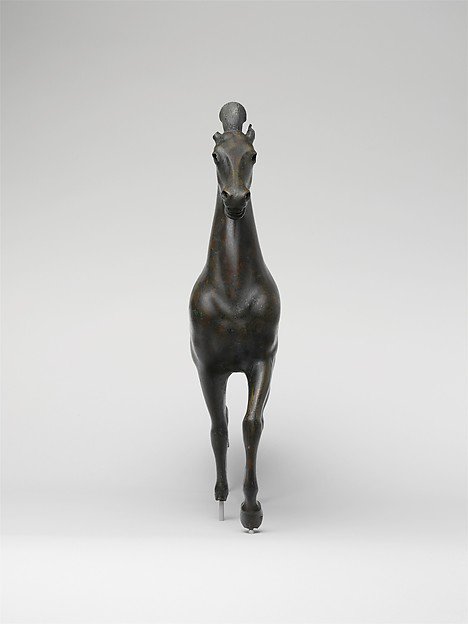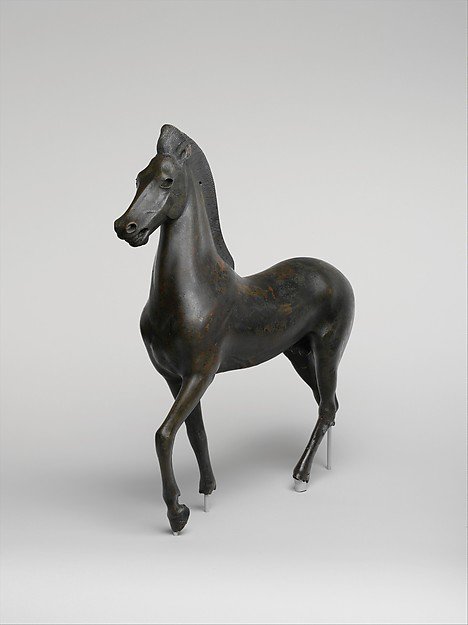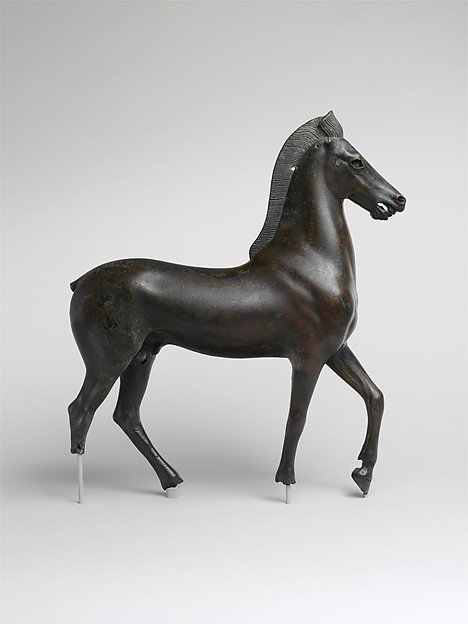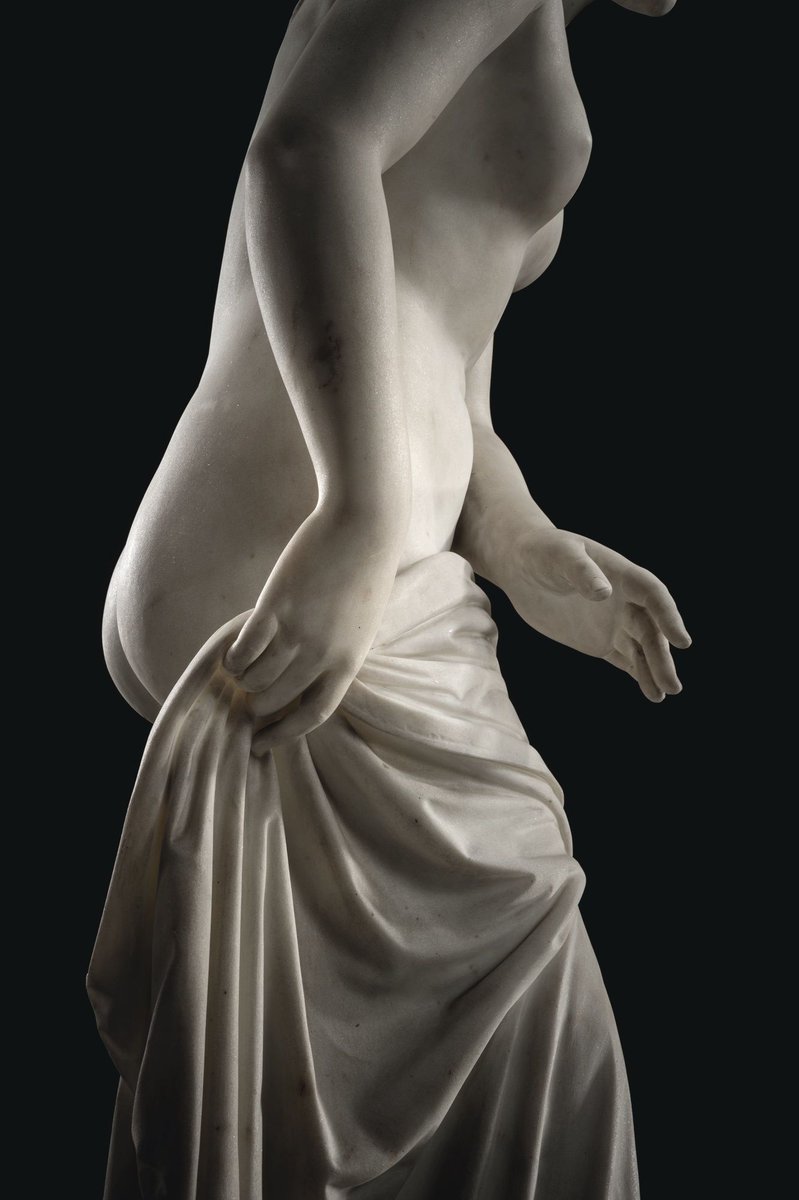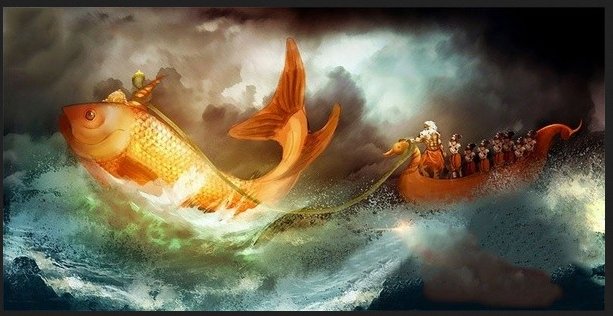1- 6th c. BC at Met museum
2-6th c. BC at Penn museum
3- 6th c. BC at British museum
4- 4th c. BC -private collection [1]
Parthenon Metope south: Centaur vs Lapith in combat- 447-432 BC @britishmuseum
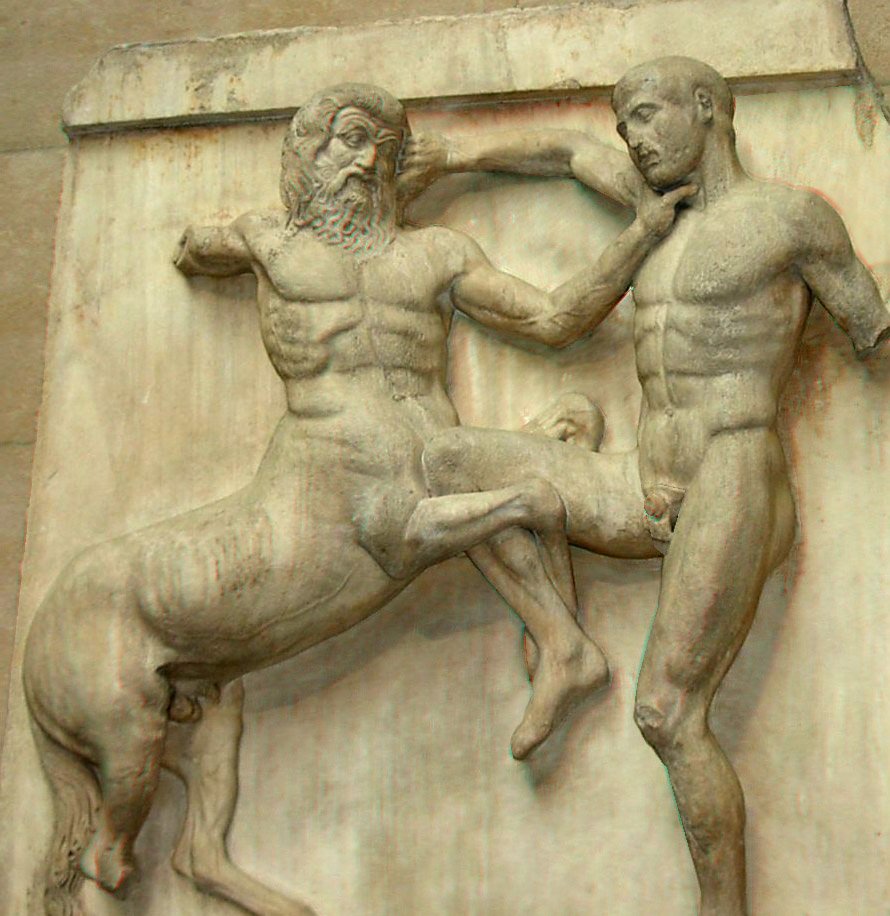
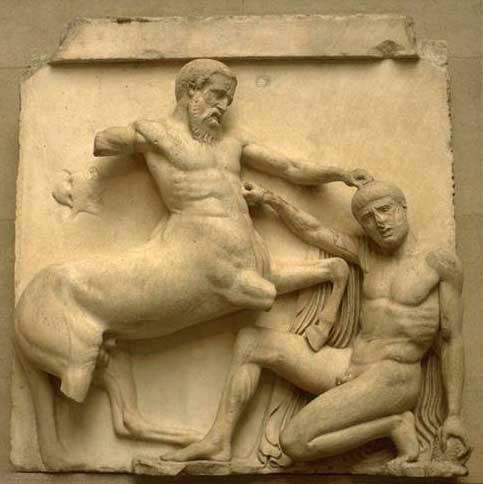
The Parthenon's west frieze depicting a cavalcade is at the British Museum [1]
ebooks.adelaide.edu.au/x/xenophon/x5h… …
Horse head carved marble frieze detail from The Temple of Apollo Epikourios c. 450 BC- at British Museum
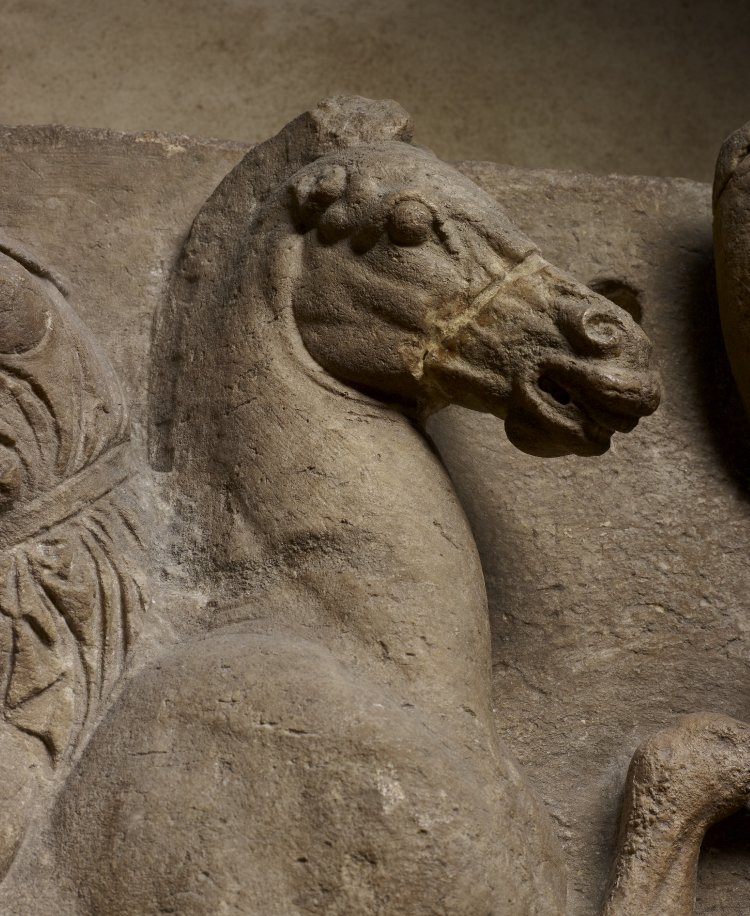
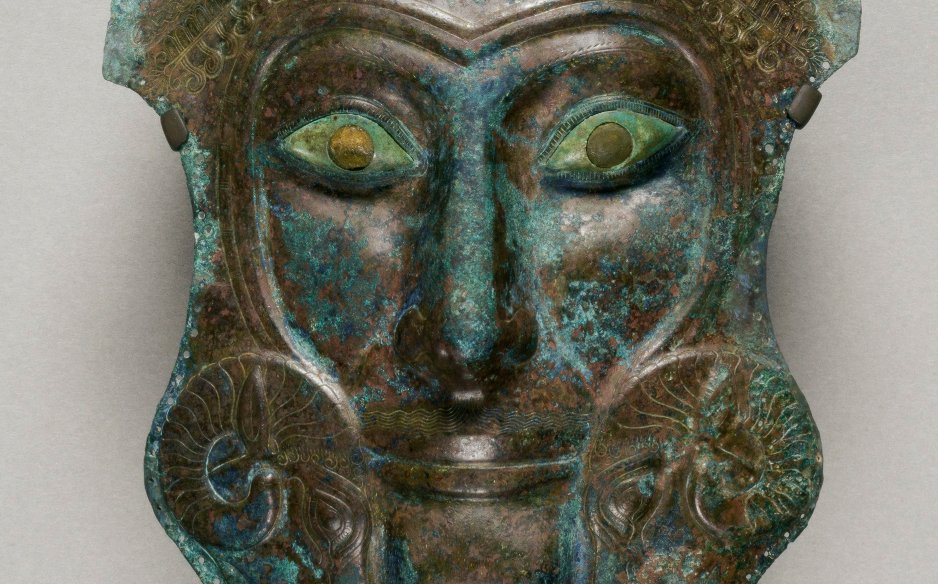
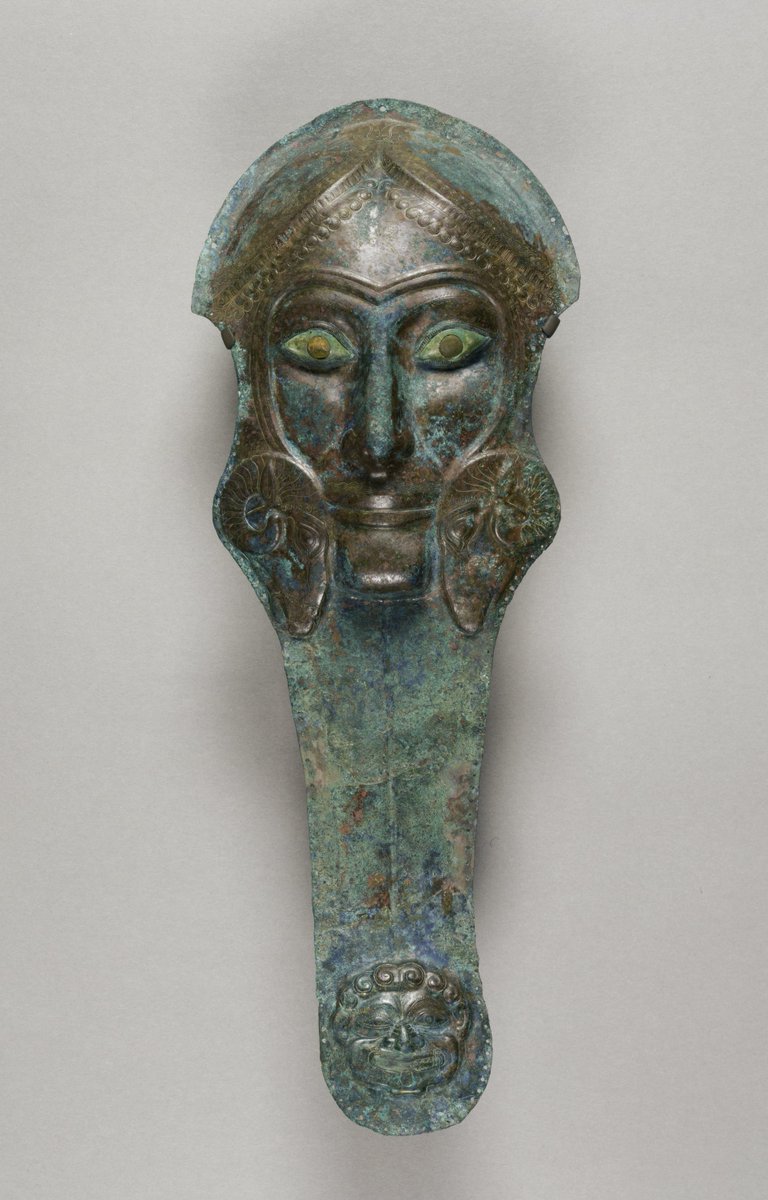
Greek, Late Hellenistic 2nd–1st century BC @metmuseum
